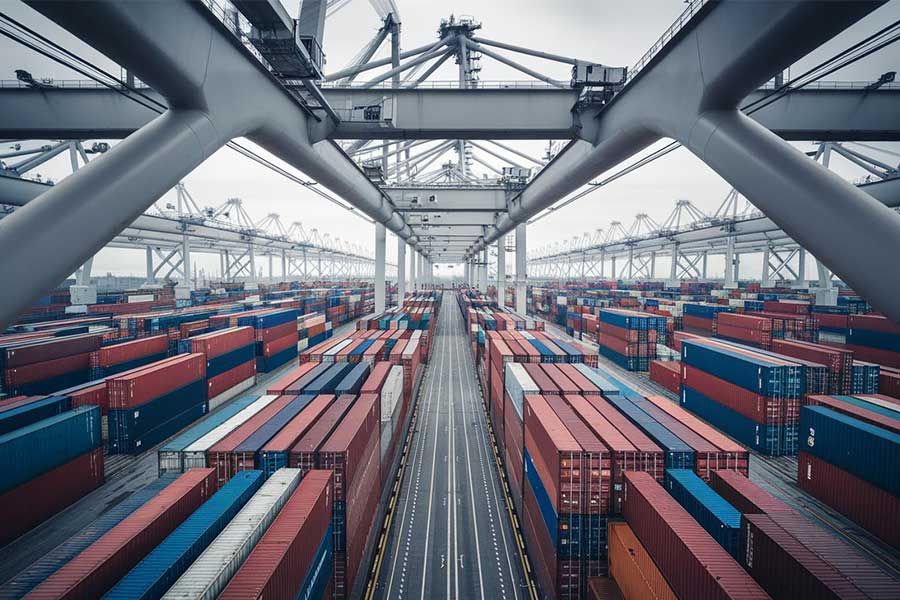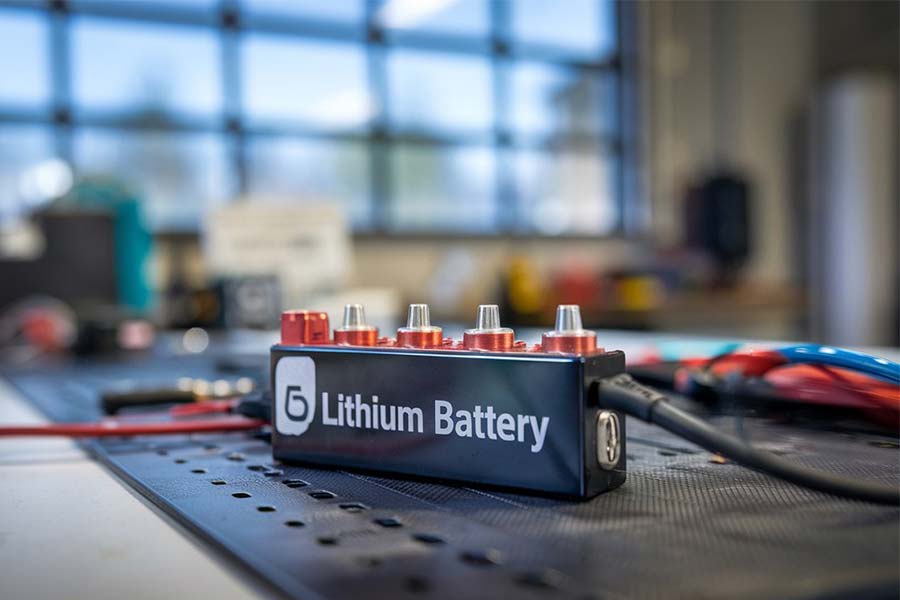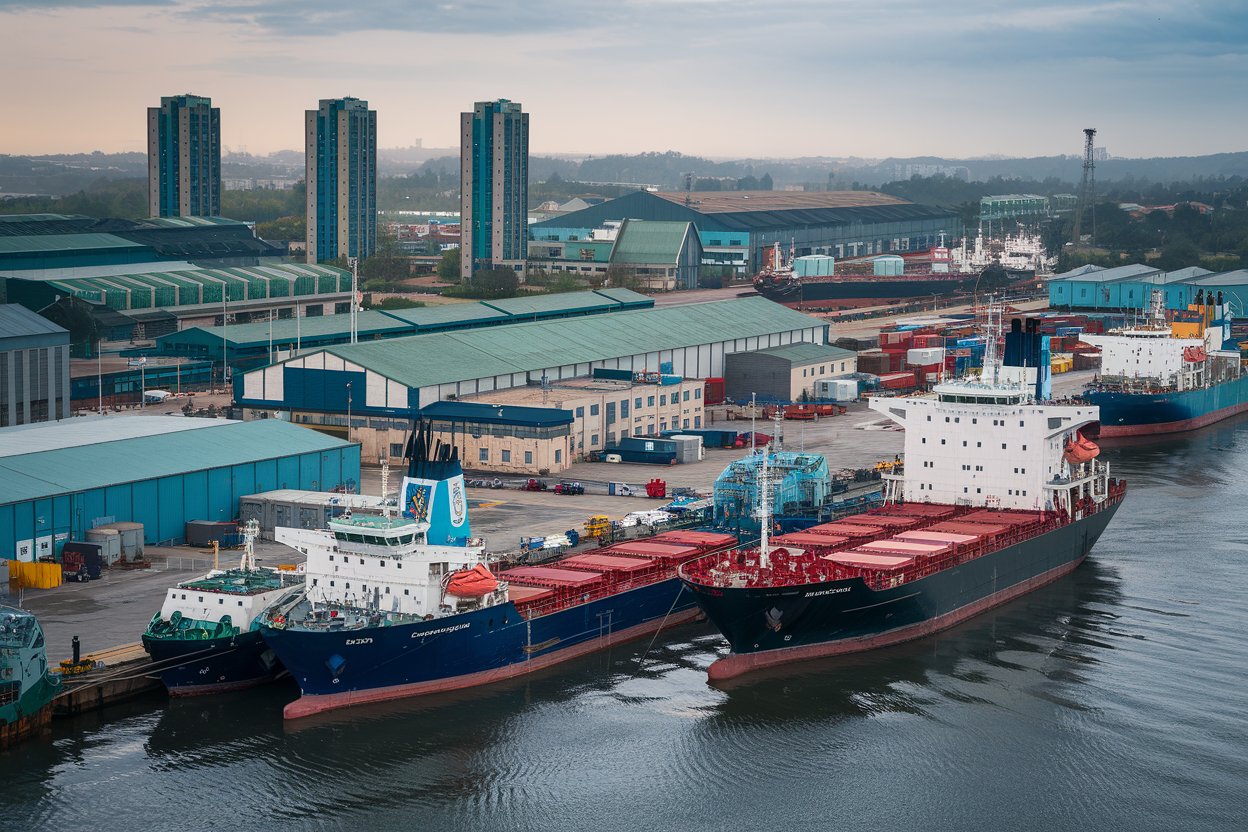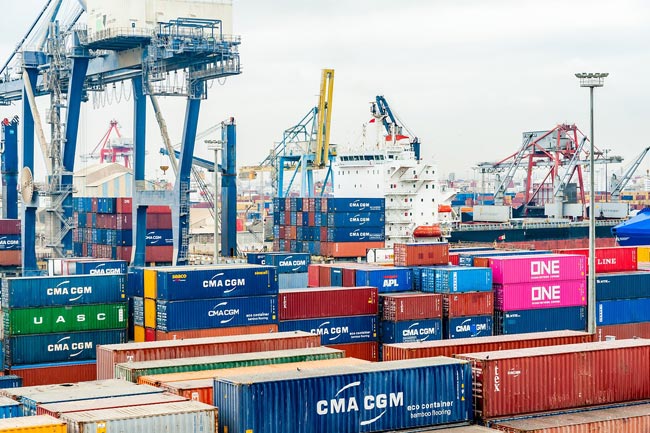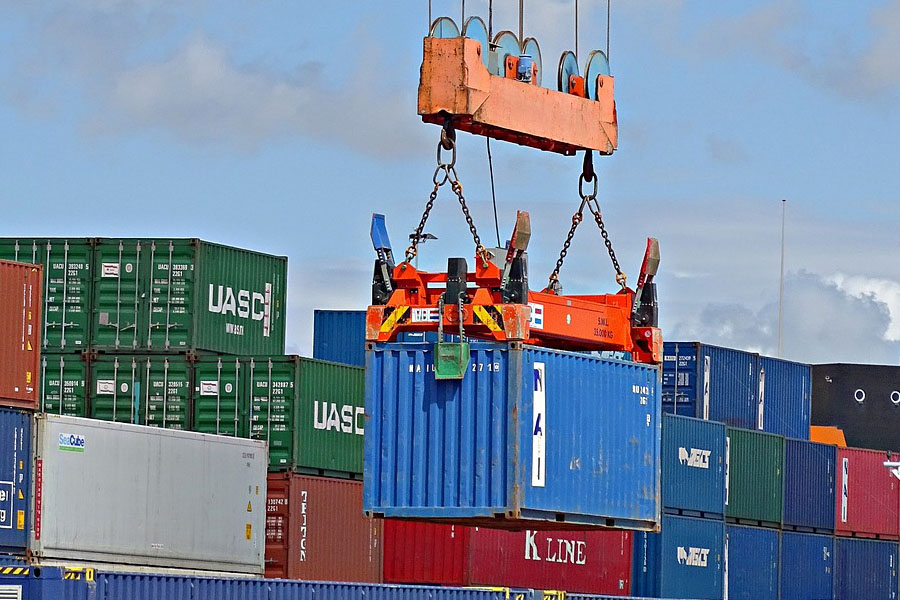- Shanghai Zhongshen International Trade Co., Ltd. - Two decades of trade agency expertise.
- Service Hotline: 139 1787 2118
On August 18, 2023, the US Department of Commerce announced the final ruling results of the anti - circumvention investigation against Chinesephotovoltaicproducts. This announcement has had a profound impact on the global photovoltaic industry chain. Here, we will conduct an in - depth interpretation and analysis of this final ruling result and explore its long - term impact on the global photovoltaic industry.
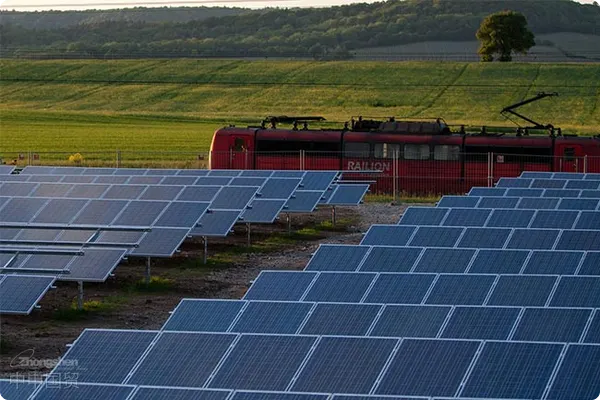
Contents
ToggleI. Background of the anti - circumvention investigation
On April 1, 2022, the US Department of Commerce launched an anti - circumvention investigation into Chinese photovoltaic products, aiming to explore whether third countries bypassed the taxation on Chinese products by transferring production or processing links. The countries involved in the investigation include Thailand, Cambodia, Vietnam, and Malaysia. After nearly a year of in - depth investigation, the US Department of Commerce made a positive preliminary ruling on December 1, 2022, and announced the final ruling results on August 18, 2023.
II. Overview of the final ruling results
According to the final ruling results of the US Department of Commerce, this investigation mainly targets batteries and components that are manufactured in Cambodia, Malaysia, Thailand, or Vietnam and use raw materials or components produced in China.solarThese products are exported from the above four countries to the United States.
Batteries:The batteries identified as circumvention are mainly manufactured using silicon wafers produced in China in the above four countries, and they meet the description of the product scope of the US anti - dumping and counter - vailing duty orders on Chinese photovoltaic products.
2. Modules:The modules identified as circumvention are assembled from batteries produced in the above four countries using silicon wafers produced in China, and more than 2 (i.e., at least 3) of the other 6 main materials used in the modules (i.e., silver paste, aluminum frame, glass, backsheet, EVA, junction box) are produced in China. This means that as long as the silicon wafers and at least 3 other main materials are produced in China, the modules fall within the product scope of this anti - circumvention investigation.
The US Department of Commerce specifically clarified in the final ruling that even if the silicon wafers are sliced in a third country, as long as the silicon rods or silicon materials involved are from China, these silicon wafers are still considered as Chinese - made silicon wafers. In addition, modules assembled in a third country using batteries produced in the four Southeast Asian countries, or modules assembled in the four Southeast Asian countries using batteries from a third country, are not within the product scope of this anti - circumvention investigation.
The final ruling results show that there are circumvention behaviors in the four countries of Thailand, Cambodia, Vietnam and Malaysia, but three companies, Hanwha Q Cells (Malaysia), Jinko (Malaysia) and Boviet (Vietnam), are found not to have circumvention behaviors.
Compared to the preliminary ruling, the final ruling did not undergo any substantive changes. The U.S. Department of Commerce upheld its affirmative determination of circumvention and continued to implement the three types of duty-free "declaration" systems, particularly the duty-free conditions based on non-Chinese components. This measure aims to safeguard supply in the U.S. market while encouraging the global photovoltaic industry to reduce reliance on China and achieve the goal of supply chain diversification.
III. Main Changes in the Final Ruling Results
Please translate the following Chinese into English: 1. Clarification regarding "Manufactured in" Chinese silicon wafers:The U.S. Department of Commerce has clearly defined whether silicon wafers should be considered as "originating from" China, stating that as long as the silicon wafers are sliced in China, they are regarded as Chinese products, regardless of the source of other raw materials for the wafers.
2. Clarification on the "180-day" "use" and "installation":Photovoltaic products need to be used or installed in the US within the specified time, otherwise they do not meet the duty - free conditions.
3. Adjustment of the AFA enterprise list:Vina Solar (Vietnam) and NE Solar (Cambodia) are included in the AFA list, while Vietnam Sunergy (Vietnam) is removed.
4. Hanwha Secures Second Tax-Exemption "Declaration":The U.S. Department of Commerce agreed with Hanwha's comments on keeping the names of silicon wafer exporters confidential, allowing them to use the second type of duty-free "declaration."
IV. Detailed Explanation of the "Tax-Free" Declaration
The U.S. Department of Commerce has proposed three types of duty-free "declarations" to ensure market supply while avoiding excessive reliance on any single country. These three "declarations," based on different conditions, provide enterprises with opportunities to continue exporting to the United States.
1. The first type of "tax exemption" declaration:Based on the 2 - year exemption order of the US President, photovoltaic products imported into the US within a specific time are exempt from duties.
2. The second type of "tax exemption" declaration:For the 3 enterprises not identified as circumvention, the exporter and importer are required to declare the product origin and meet specific conditions.
3. The third type of "tax exemption" declaration:For products not within the product scope of the anti - circumvention investigation, the exporter and importer are required to declare the origin of the raw materials or components of the products.
V. Long-Term Impact of the Final Ruling Results
The final ruling result of the US Department of Commerce is expected to promote a deep adjustment of the global photovoltaic industry. To meet the US duty - free conditions, many enterprises may adjust their supply chains, reduce their dependence on China, and seek raw material or component supplies from other countries.
Related Recommendations
? 2025. All Rights Reserved. Shanghai ICP No. 2023007705-2  PSB Record: Shanghai No.31011502009912
PSB Record: Shanghai No.31011502009912
